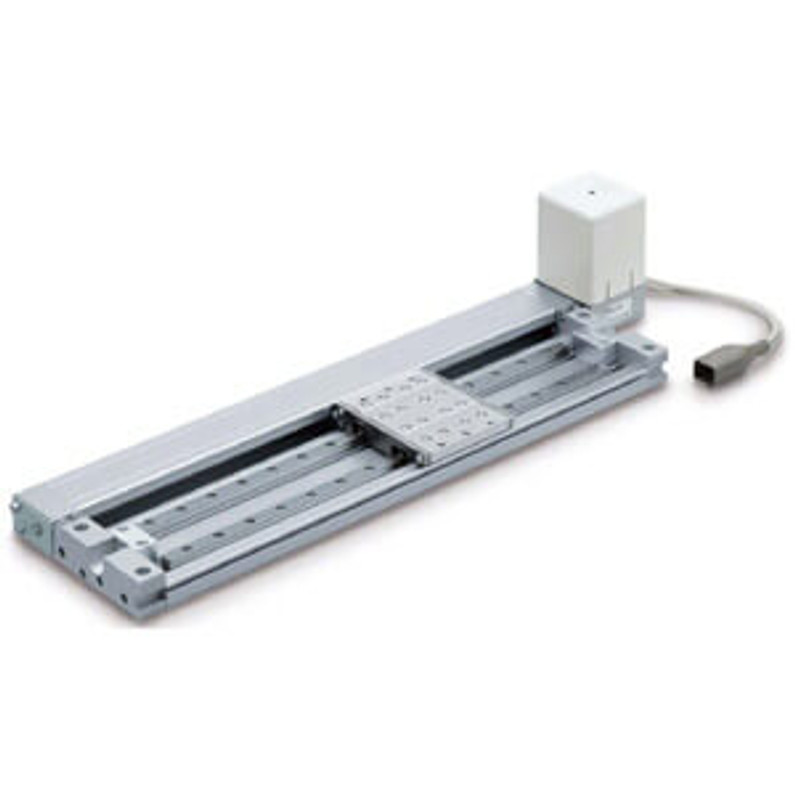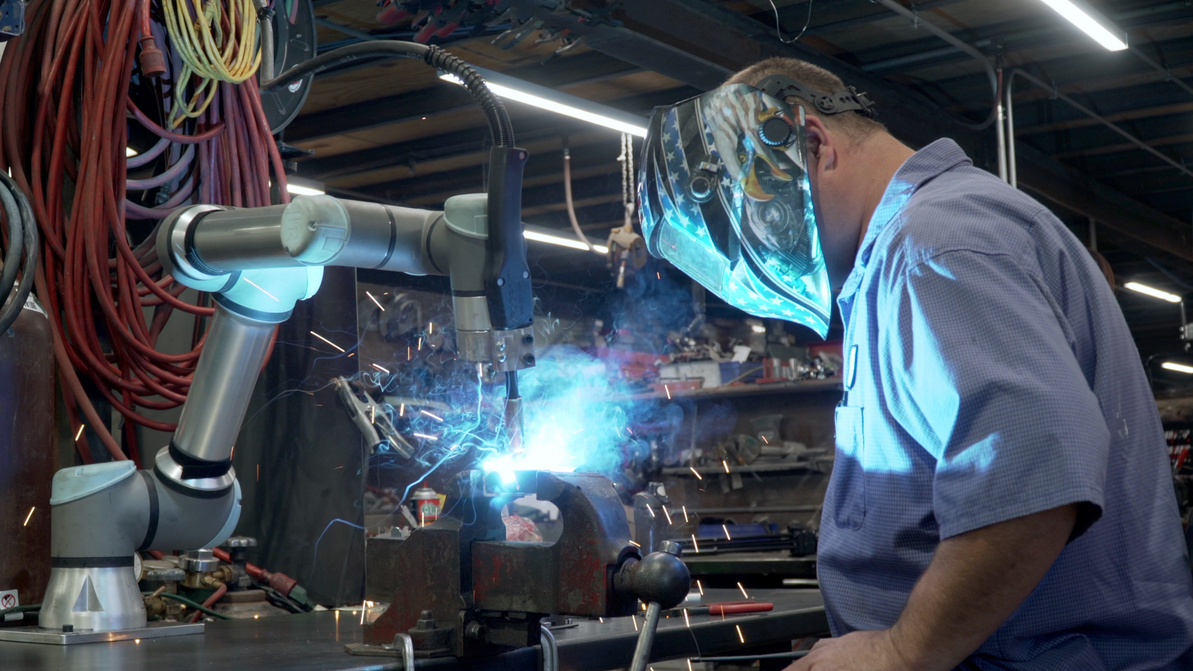Avoid These Common Mistakes in Choosing Linear Guides
Linear guides will only ever be as good as the way they are integrated into any machine - simply selecting a guide with certain attributes is not enough. Below are the top five mistakes in choosing a linear guide.
Ignoring Tolerance
During manufacturing, linear guides are designed to work with minimal friction when mounted to a flat surface, however, when they are installed on a surface that is not equally perfect, misalignment can cause the guide to operate differently due to the preload. Issues can also be caused by the relative angle to other linear guides as well. Parallel installation is best on surfaces that meet the manufacturer’s tolerances. Out of tolerance linear guides will affect not only performance but the life of the part.
Forgetting Mounting Features
For optimal performance, always factor in mounting features to a design. Alignment pins will easily accomplish this task as well as establishing a procedure for ensuring proper alignment of a secondary rail. Using precision shoulder surfaces will also assist in successful operation as they serve as a form for high accuracy.
Appropriately measured mounting shoulders are also important. Discrepancies can cause errors and be hard to discover. Outlining shoulder measurements during the planning process and conforming to the manufacturer’s specifications is often the ideal scenario.
Incorrect Preload
Identifying the correct preload can decrease vibration, sound, increased temperatures, and deflection that would otherwise negatively impact operation. Always match the preload with the mounting parts. Make certain that the system has the lowest friction possible and consider including internal clearance to optimize that goal.
Not Testing
Always test the efficacy of linear guides by running the entire system after installation. Take this opportunity to evaluate push force and adjust the alignment if it is more than a 20% difference. A gauge may be used to assist in evaluating push force and identifying the location which requires adjustment.
Neglecting Coatings and Plating
Don’t get so wrapped up in the mechanical specifications that you neglect the materials’ associated lead time. These aspects of the project will affect both performance and costs as well. Consider where the plating can be done - either domestically or internationally - and what materials may be easier to obtain than others.
Keep these five potential mistakes in mind when designing your next linear guide project and set yourself up for optimal results.
Recent Posts
-
Using Scan Tunnels to Track, Sort and Route Warehouse Packages
If you’re using conveyor lines to move products, packages and shipments through your warehouse, the …Apr 17th 2024 -
Embracing Collaboration: How Universal Robots Transformed DeAngelo Marine Exhaust
When the welding robots made their debut at DeAngelo Marine Exhaust, there was a mix of excitem …Apr 11th 2024 -
How to Speed Up Your Warehouse Packing by 33% with Machine Vision
Packing benches are some of the busiest areas of most warehouses, with thousands of items to pack i …Apr 4th 2024




